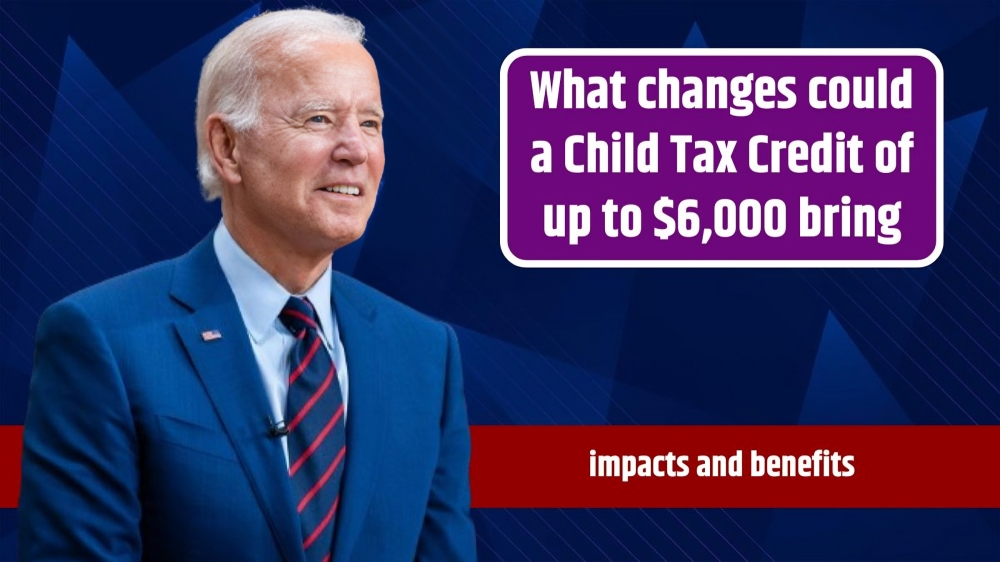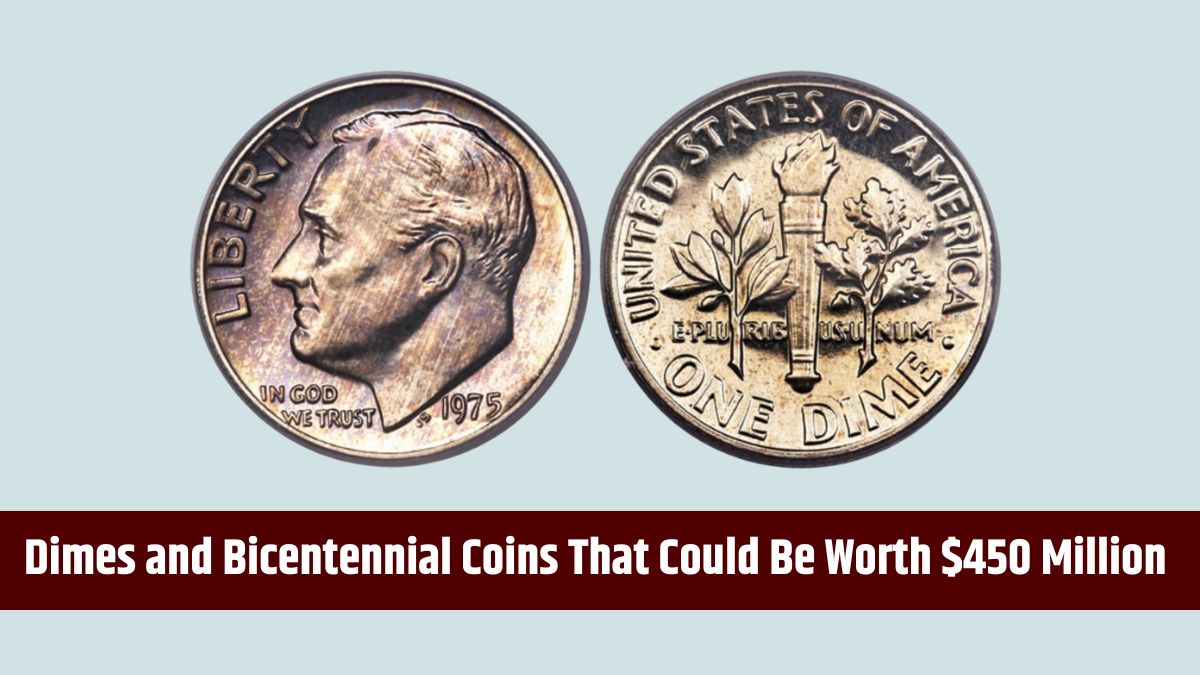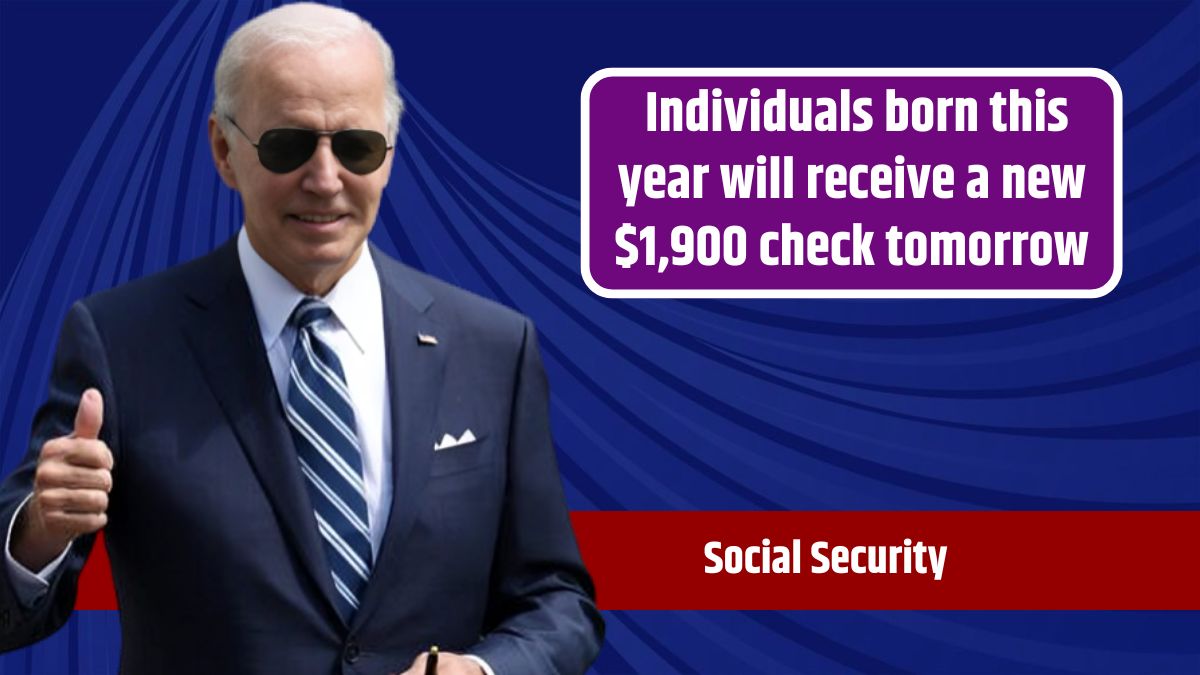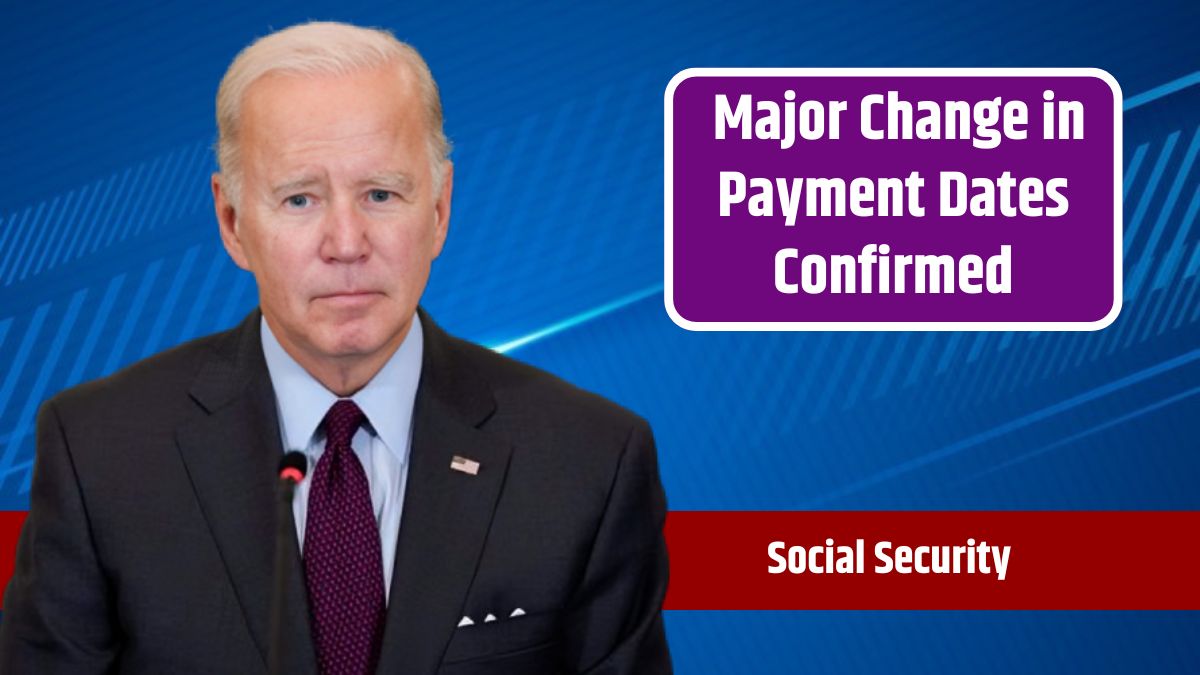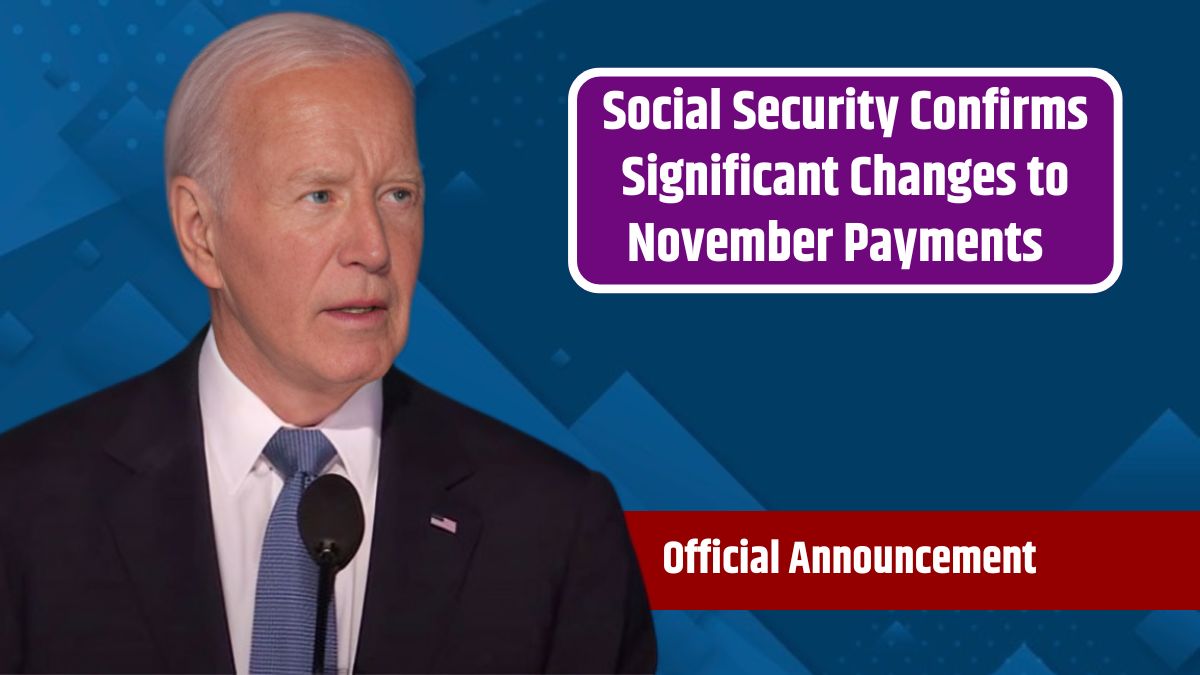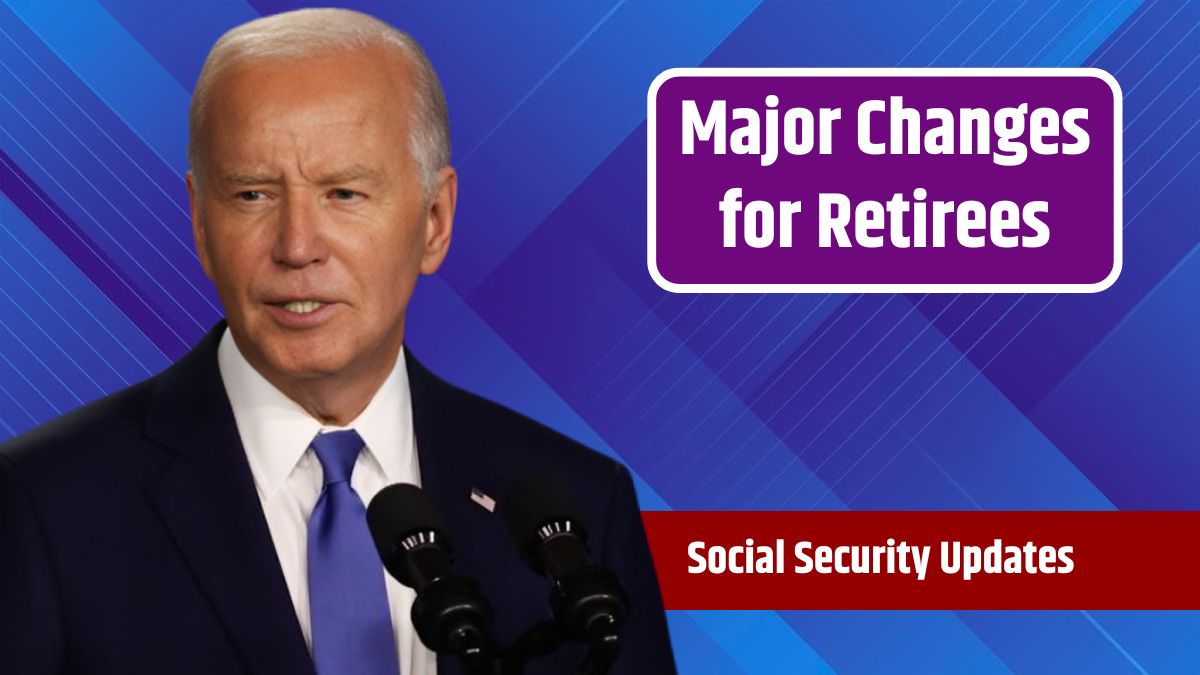As the U.S. presidential race heats up, a significant issue capturing the attention of American families is the proposal to expand the Child Tax Credit (CTC). Vice President Kamala Harris and Republican candidate Donald Trump, through his ally Senator J.D. Vance, have both put forward ambitious plans to enhance the CTC, potentially reshaping the financial landscape for millions of families. These proposals aim to provide substantial financial relief, with Harris proposing a more generous expansion focused on young children and Vance advocating for a universal increase. Here’s a closer look at what these proposals entail and how they could impact American families.
Kamala Harris Proposal
Kamala Harris’s proposal is to significantly expand the Child Tax Credit, especially targeting the first year of a child’s life. Currently, the CTC provides $2,000 per qualifying dependent, with only $1,600 being refundable. During the COVID-19 pandemic, this amount was temporarily increased to $3,600 for children under 6 and $3,000 for those under 17. Harris’s plan aims to not only reinstate this temporary expansion but to take it further, offering up to $6,000 per child for parents during the first year of their newborn’s life.
Early Childhood
Harris argues that the first year of a child’s life is critical for development and presents significant financial challenges for parents. The proposed $6,000 credit would help families cover essential expenses like diapers, clothing, and car seats, which can be particularly burdensome for young and low-income parents. By providing this additional support, Harris believes the credit could help alleviate financial stress during a crucial period, allowing parents to better focus on their child’s well-being and development.
Impact on Child Poverty
Beyond immediate financial relief, Harris’s proposal is also seen as a strategy to combat child poverty. By increasing the CTC, particularly in a way that benefits young children, the plan could lift millions of children out of poverty. The Tax Foundation, an independent organization, has highlighted the potential for such a credit to provide a financial safety net, reducing economic disparities and promoting long-term positive outcomes for children.
Financial Feasibility
However, the proposal comes with significant costs. The Tax Foundation estimates that an expanded CTC like the one Harris is proposing could cost $1.6 trillion over 10 years. This has sparked debates about the financial feasibility of the plan and its potential impact on the federal budget. Supporters argue that the long-term benefits, such as reduced poverty and improved child outcomes, justify the expenditure, while critics raise concerns about increasing national debt.
J.D. Vance Proposal
Senator J.D. Vance, a key ally of Donald Trump, has also introduced a proposal to expand the CTC, but with a different approach. Vance suggests increasing the CTC to $5,000 per child, and unlike Harris’s plan, his proposal is not tied to income levels. This means that all families, regardless of their economic situation, would be eligible for the expanded credit.
A Universal Approach
Vance’s proposal is rooted in the idea of providing equal support to all families, irrespective of their income. By making the CTC universally accessible, Vance aims to create a system that does not discriminate based on economic status, ensuring that all children receive the same level of support. His plan could potentially reach more families, but it also comes with a higher estimated cost, ranging from $2 trillion to $3 trillion over 10 years.
Broader Economic Impact
The universality of Vance’s proposal could lead to broader economic impacts. By providing financial relief to all families, the expanded CTC could stimulate spending, particularly in middle- and upper-income households. However, critics argue that such a broad application might dilute the effectiveness of the credit in targeting those who need it most, particularly low-income families who are more likely to spend the credit on essential needs.
What These Proposals Mean
Both Harris and Vance’s proposals, if implemented, could bring substantial changes to the financial situation of American families. An expanded CTC would provide immediate relief to families struggling to make ends meet, especially those with young children. The extra funds could help cover basic needs, reduce financial stress, and improve overall family well-being.
For Low-Income Families
For low-income families, the proposals could be life-changing. Making the credit fully refundable, as Harris advocates, would ensure that even families with little to no income tax liability could benefit fully. This could help reduce child poverty and provide a much-needed financial cushion during difficult times.
Upper-Income Families
Vance’s proposal, by extending the CTC to all income levels, would provide a financial boost to middle- and upper-income families as well. While these families may not be struggling to the same extent as low-income households, the additional funds could still provide significant relief, particularly in covering the rising costs of childcare, education, and other child-related expenses.
As the presidential race continues, the proposals to expand the Child Tax Credit have become a focal point in the debate over how to best support American families. Whether through Harris’s targeted, income-based expansion or Vance’s universal approach, the potential for these changes to impact millions of families is clear. The key will be balancing the immediate benefits to families with the long-term financial implications for the federal budget.
FAQs
What is the current amount of the Child Tax Credit?
The current CTC is $2,000 per qualifying dependent, with $1,600 being refundable.
How much would Kamala Harris’s proposal increase the Child Tax Credit?
Harris’s proposal would increase the CTC to $6,000 for parents of newborns during the child’s first year.
How does J.D. Vance’s proposal differ from Harris’s?
Vance proposes a universal CTC increase to $5,000 per child, regardless of family income.
What are the potential costs of these proposals?
Harris’s plan could cost $1.6 trillion over 10 years, while Vance’s could cost between $2 trillion and $3 trillion.
How would these proposals impact child poverty?
Both proposals aim to reduce child poverty, with Harris’s plan particularly targeting low-income families through a more generous and refundable credit.
